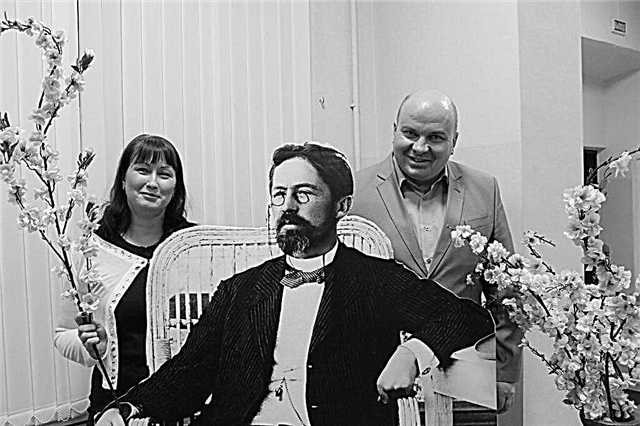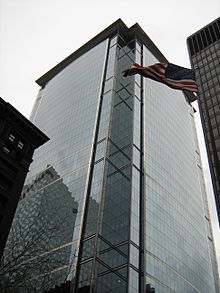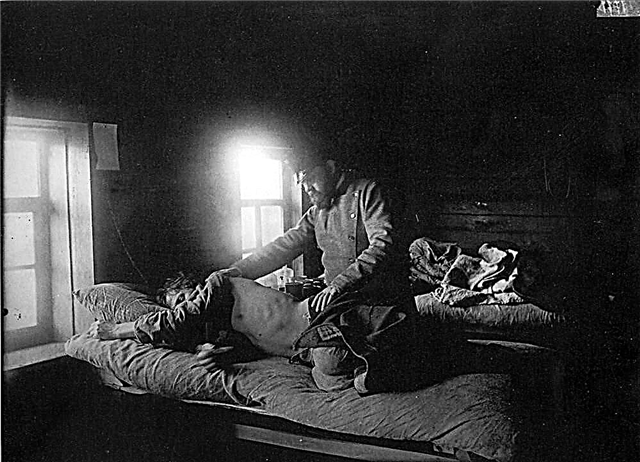The XIX century in Russia was filled with the most important historical events, reforms and social movements. The beginning of the reign of Alexander I is associated with signs of liberalization in many sectors, for example: the abolition of the supreme body of political oversight - the Secret Expedition, amnesty of freethinkers, the permission to travel abroad and import any literature from abroad. In addition, the attitude towards journalism has become more loyal. The number of publishers increased, new magazines and newspapers appeared. During this period, there were more than 45 fresh publications in St. Petersburg, 84 in Moscow, and even provincial publications appeared.
It should be understood that at that time journalism was more of a kind of hobby for the nobles than a profession. Earning this business did not bring, so the development of journalism was quite slow.
The advent of censorship
The situation worsened with the advent of the Censorship Charter in 1804, which prohibited the discussion of socio-political topics on the pages of newspapers. In the 20s of the XIX century, control over the press became even tougher: it was necessary to obtain the permission of the monarch to publish a new newspaper, the censor had the right not to allow work to be printed, for fear of losing his post.
Newspapers and magazines
- The Bulletin of Europe (1802-1830) is a literary and political journal. It consisted of two sections: “Literature and the mixture” and “Politics”. Thus, the reader had the opportunity to get acquainted with various manifestos, speeches of statesmen, political reviews in an accessible form. The editor of Vestnik Evropy was N. M. Karamzin. His articles were interesting and understandable to readers. It is worth noting that Karamzin was the first to receive payment for his work as an editor of the publication.
- "Son of the Fatherland" (1812-1832) - a historical, political and literary magazine. The main goal of the magazine is to increase patriotism during the war between the Russian Empire and France in 1812. Each issue included a serious scientific article, a review of the news, several poems. “Son of the Fatherland” paid much attention to the work of A. S. Pushkin.
- The Polar Star (1823-1825) - Petersburg almanac produced by K. F. Ryleyev and A. A. Bestuzhev. One of the most interesting editions of the XIX century. The best writers collaborated with the publication - Pushkin, Griboedov, Kyukhelbeker, Somov and others. Ryleyev printed his poems and fragments of poems in the almanac, Bestuzhev was engaged in critical reviews, negotiated, and edited. However, this almanac was never just a literary publication. The North Star was the bearer of the ideas of the Decembrists.
- Moscow Telegraph (1825-) - is considered the first encyclopedic magazine. Surprisingly, at that time it was believed that the editor of a rather large publication was not a native of a noble family, but a man of “average condition” - N. Polevoi. It is worth noting that it was precisely the term “journalism” that was introduced.
- The Northern Bee (1825-1864) is a political and literary publication. The newspaper consisted of several departments. The “Morals” department included essays on everyday issues, human weaknesses, as well as advice from the author. In the department of “Literature” poems and jokes were printed. In the Mix department, one could get acquainted with theatrical reviews and reviews. In addition, there were departments on internal and political news, news on literary works and fashion.
- Sovremennik (1836-) is a small publication founded by A. Pushkin. At first, the magazine brought neither earnings nor success, but over time, Sovremennik turned into the largest literary publication.
The results of the era
In the second half of the XIX century, the final stage of the formation of national journalism takes place.
The defeat of Russia in the Crimean War and the revolutionary mood in the country prompted the representatives of the upper classes to think about the abolition of serfdom through reform. Of course, among the nobles there was a significant part of the conservatives. All these factors influenced the development of journalism of the XIX century. The year 1865 was marked by the publication of a law on the press, which exempted more than 10 sheets of books from Caesura (in Moscow and St. Petersburg), as well as periodicals with a cash deposit. Also, state bodies had the right to prevent the publication of articles with a “harmful direction”, after three warnings the publication was suspended for up to 6 months.
By the end of the century, the socio-political and literary type of the monthly publication is already finally being formed, some of the publications create an emphasis on issues of a religious and moral nature. Newspaper business is developing, the number of daily publications is growing, and a press is appearing for the common people. In addition, thematic magazines appear, the circulation is growing. It was the time of the birth of new literary genres, headings.
The development of technological progress facilitated the organization of publications: new printing presses, telegraphs, and photographs appeared. From this began the history of the “New Time” and the next stage in the development of national journalism.






 Life as a startup
Life as a startup




